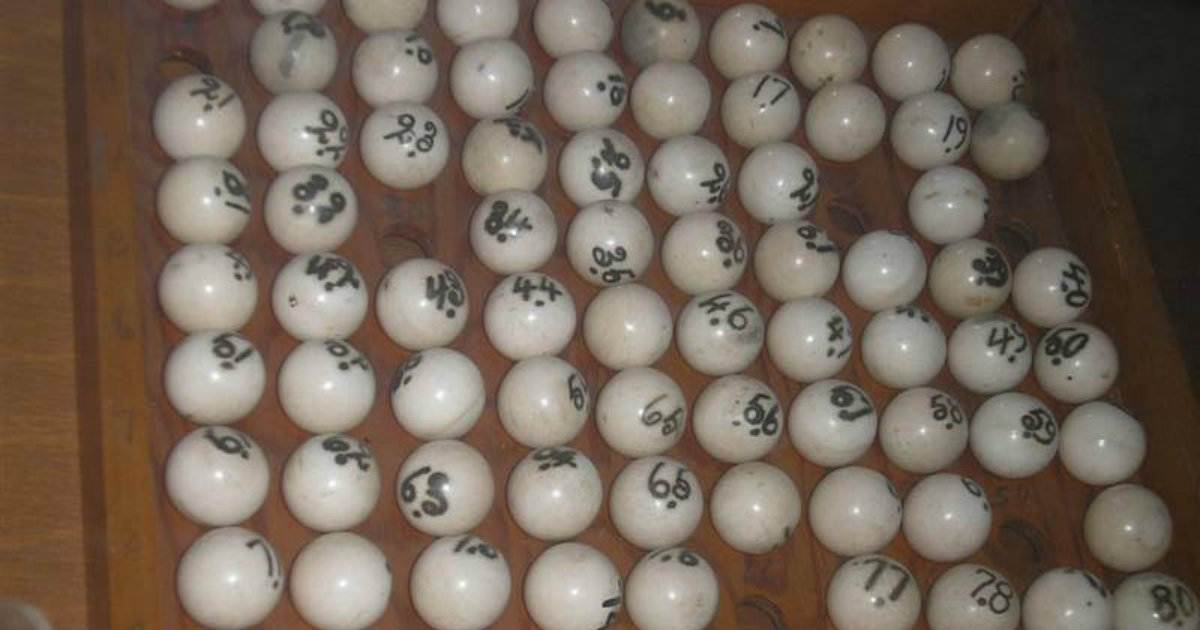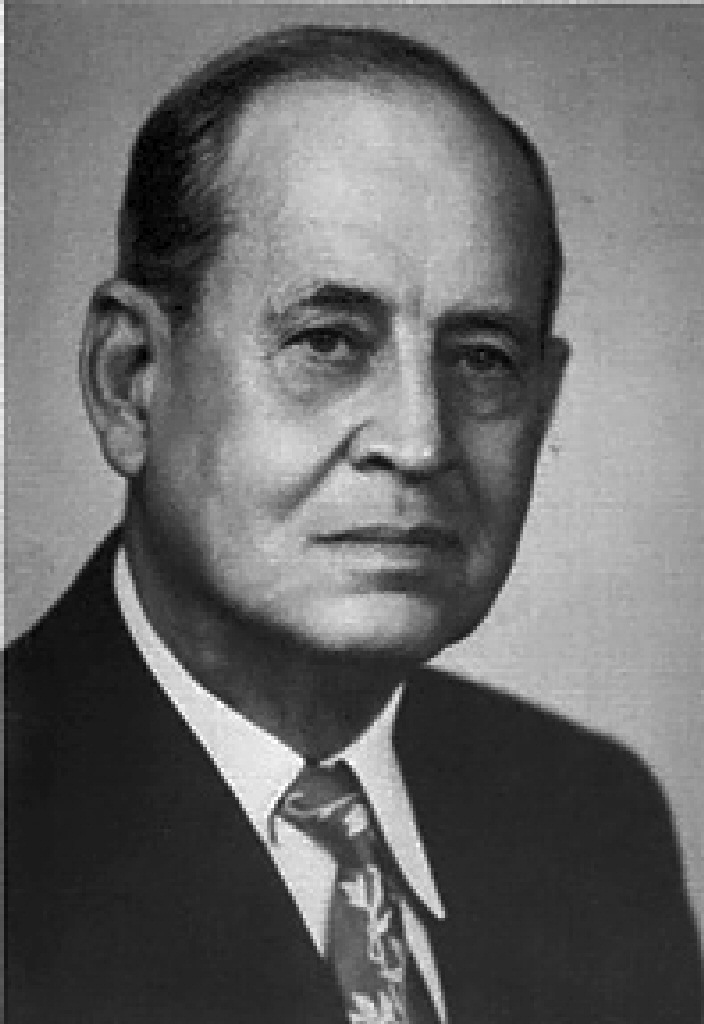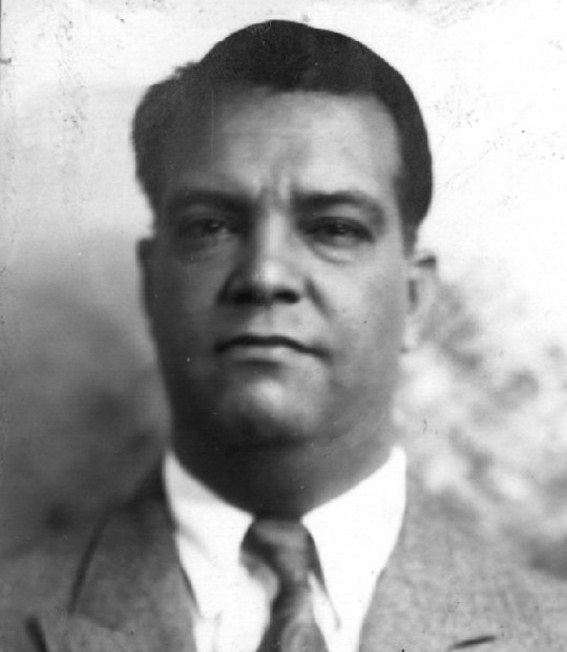‘A good man in a bad business’
Eighty years later, the shotgun murder of Tampa numbers racketeer Evaristo ‘Tito’ Rubio remains unsolved

The 1930s were a tumultuous time in the Tampa underworld. Dubbed the “Era of Blood” by local journalists, the sound of shotgun blasts was a common occurrence as competing gangs vied for control of lucrative rackets. Chief among those rackets was bolita, a gambling game like the lottery in which balls (usually made of wood or ivory) numbered 1–100 were placed in a cloth sack. The bag was tossed into the crowd, and the winning ball was picked. This simple game generated hundred of thousands of dollars in revenue for gambling operators in neighborhoods throughout Tampa, especially in West Tampa and Ybor City, a bustling, close-knit neighborhood where many Cuban, Spanish and Italian immigrants lived.
One of the Tampa crime groups fighting for domination was led by Charlie Wall, the “Dean of the Underworld.” A tall, white man who often sported a white suit and hat (and nicknamed “The White Shadow”), Wall controlled narcotics, political corruption and some of the biggest bolita houses, including the famed El Dorado. The other group was the nascent Sicilian Mafia, led at that time by Ignazio Antinori.

One well-liked gambling house proprietor in Tampa, Evaristo “Tito” Rubio, operated the El Dorado for Charlie Wall. Known throughout Tampa’s Cuban community, Rubio was a dapper dresser and contributor to charitable causes. Together with his business partner, Eddie Virella, Tito ran some of the city’s more successful gambling businesses. And with Wall’s political connections, he had few encounters with law enforcement.
But the winds of war shifted rapidly, especially on the streets of Tampa. Starting in January 1937 and through the spring of 1938, gangsters were responsible for a half-dozen shotgun attacks. Among the victims was Rubio’s friend Virella, who was gunned down in early 1937 while driving home after an evening shift at the Lincoln Club, another of Charlie Wall’s bolita houses.
About 5 a.m. on March 9, 1938, Rubio and his new bodyguard, Lew Feldman, pulled up to Rubio’s house just west of Ybor City after a night at the El Dorado. Feldman pulled into the driveway facing the side of the house. Rubio got out of the car and walked upstairs to the short porch, illuminated by the car’s headlights. Neither man saw two gunmen crouched behind the high porch, which obstructed the headlights. Rubio opened the screen door and turned to face the main door to open it when the gunmen leapt up and, moving around behind Rubio, blasted the gambling kingpin. One shot hit his left side, two others tore through his left hip.
Feldman, a former boxer and promoter, did what every good bodyguard assigned to watch over his charge did. When the shots rang out, he ducked under the wheel. He looked back up to see the gunman running away, and Rubio staggering out in front of the car. Rubio fell to the ground as his wife came screaming out of the house. Before Feldman even knew what happened, his boss, Tito Rubio, lay dying in front of him. By the time the ambulance reached the hospital, Rubio was dead.

Tito Rubio’s funeral was immense – eight trucks of flowers joined a procession of more than 250 cars. Tito was well liked. The editor of Tampa’s trilingual local newspaper, La Gaceta, lamented the “violent death of an essentially good man in a bad business.” Charlie Wall was said to be particularly upset and put out a $5,000 reward.
Rubio’s bodyguard Feldman was pulled in front of a grand jury but didn’t say much, resulting in a six-month jail sentence for contempt. Police detectives ran down every lead. They knew it was likely a rival bolita operator or group that ordered the killing, and while they had names, they couldn’t tie anybody to the killing.
Johnny “Scarface” Rivera, a figure in the underworld scene in Tampa for more than 50 years, told a detective years later about going to see Rubio’s body at a hospital with a friend. As they walked through a group of men standing outside the hospital, “he (Rivera’s friend) said they are the ones that done it and we walked right amongst them; they were all Italians.”
Tito’s nephew, Ralph Rubio, told me in a 2006 interview: “One of the Antinoris and Mario Perla (an Antinori hitman) were supposedly the ones who disposed of my uncle.” There were other rumblings that Charlie Wall ordered the murder because of an internal dispute at the El Dorado.
But to this day, Rubio’s killing remains unsolved.
Rubio was not the last victim in the war. Within the next two years, Mario Perla, Ignazio Antinori and a few other local mobsters were killed. When the dust settled in early 1941, both sides had suffered losses. But then a new Mafia leader emerged and quickly took the upper hand in Tampa, forcing Charlie Wall out of the business for good. He was Santo Trafficante Sr. Along with his son Santo Jr., they would align the warring factions and bring stability to the Tampa underworld – for a time.
Postscript: Later in the day after Rubio’s early-morning killing, the El Dorado opened for business as usual. There were four bolita bag tosses planned, and bettors were putting heavy action on one number in particular: 36. Sure enough, on the third throwing, 36 was pulled. The bettors cheered for their winnings. The gangsters groaned over the payouts. And Rubio, who was 36 years old when he died outside his house, performed his last act of charity.
Scott M. Deitche is an author specializing in organized crime. He has written seven books and more than 50 articles on organized crime for local and national publications. He has been featured on the History Channel, A&E, Discovery Channel, AHC, C-SPAN and Oxygen Network. In addition, he has appeared on dozens of local and national news shows, as well as more than 40 radio programs. His latest book is Garden State Gangland: The Rise of the Mob in New Jersey.
Feedback or questions? Email blog@themobmuseum.org





